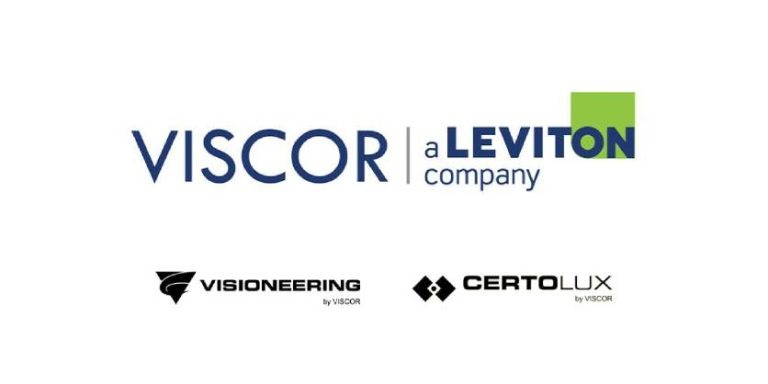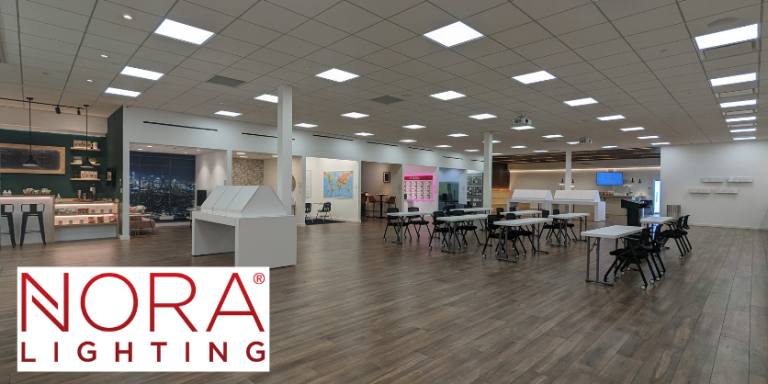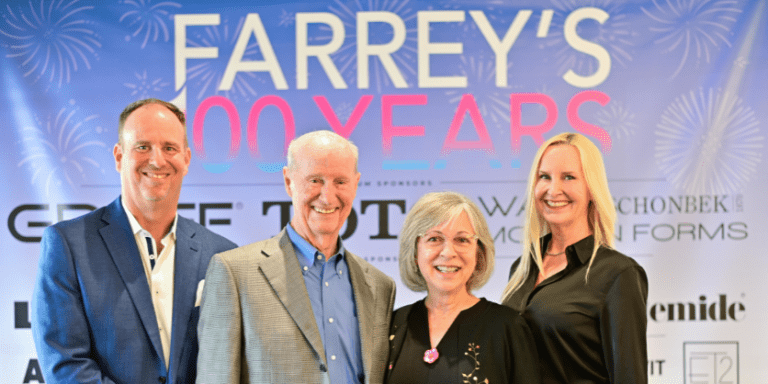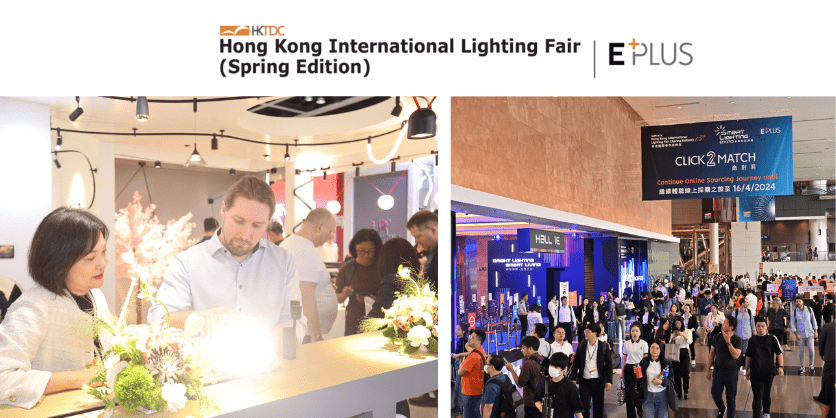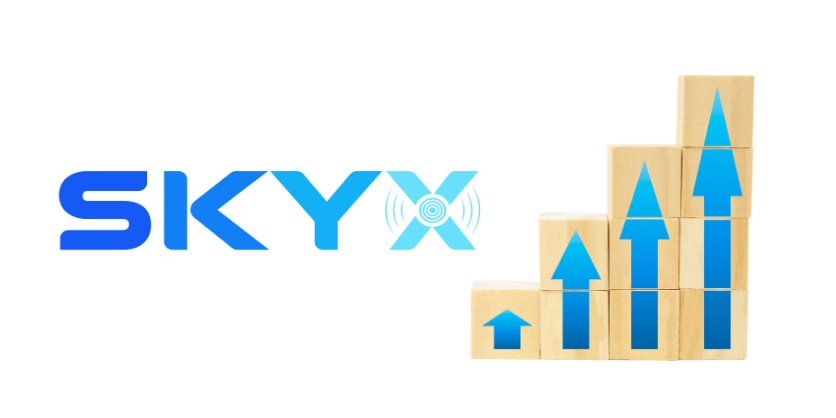PIR Sensor Luminaires Excluded From Tariff
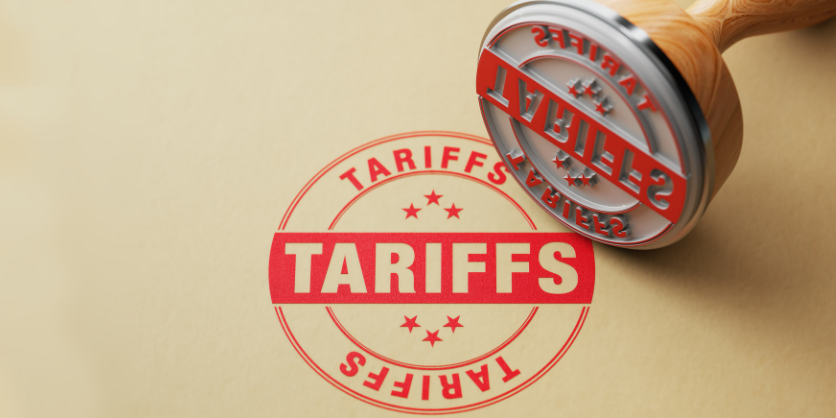
Reposted from LightNow
The American Lighting Association (ALA) has shared information about a China tariff exclusion that has been reinstated by the Biden Administration. This exclusion for passive infrared (PIR) sensor luminaires could reduce tariffs on certain fixtures depending on the light source (socketed vs. integrated).
As part of the Section 301 tariffs on goods imported from China, the US Trade Representative (USTR) established a list of products that are excluded from the additional tariffs. That list expired, was brought back, expired again and then brought back but reduced from 549 to 352 exclusions. This exclusion process is separate from the COVID-19 exclusion list.
At present, the list of 352 exclusions is in effect. It was last extended in December 2022 and will be in effect until September 30, 2023. PIR sensor luminaires are included on the list of 352 tariff exclusions. It is identified under HTS code 8543.70.9860 – Other. The product description, per the Dec. 2022 Federal Register notice is the following:
“Apparatus using passive infrared detection sensors designed for turning lights on and off (described in statistical reporting number 8543.70.9960 prior to January 27, 2022; described in statistical reporting number 8543.70.9860 effective January 27,2022).”
Manufacturers importing PIR sensor luminaires can investigate if this tariff exclusion allows them to avoid additional tariffs.



